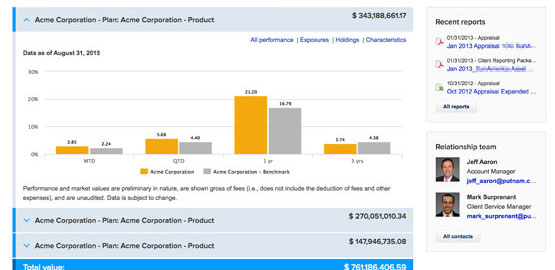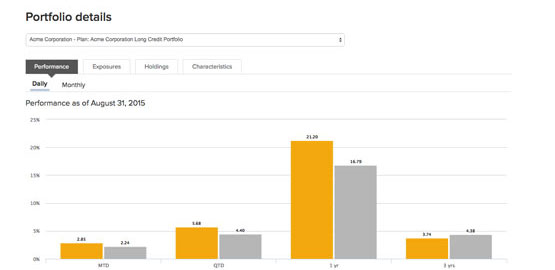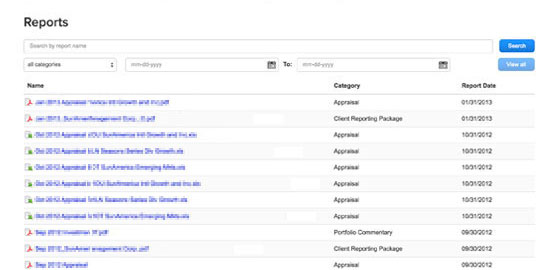- Government budgets are being revised amid continued lockdowns and efforts to increase vaccinations.
- We believe economic growth in the second quarter of 2021 may surprise on the upside.
- The ECB is speeding the pace of bond buying to slow rise in European bond yields.
In Europe, more transmissible virus variants, slow progress in vaccinations, and the rapid loosening of restrictions after the winter wave have inflated the number of Covid-19 cases. Still, European economies are adapting better to renewed lockdowns during each wave of coronavirus infections. We believe economic activity can remain in expansion and perhaps even surprise on the upside in the second quarter.
Business activity grows amid North-South divide
The eurozone's Purchasing Managers Index (PMI) for manufacturing, along with service and industrial confidence surveys, improved in March. Consumer confidence has also trended upward. While the services PMI rose last month, the sector remained in contraction. As policymakers adapt to a more restrictive environment, the impact of mobility measures on economic activity has been diminishing.
Delays in reopening and slow vaccine rollouts create downside risks to growth in the second-quarter growth. But positive March economic data signal that any downward slide should be limited. Regional differences are worth noting. Further delays in vaccinations can widen the economic divergence between Northern and Southern Europe. The Southern economies can benefit significantly more from reopening in the summer due to their exposure to tourism.
The EU recovery fund's slow go
Longer lockdowns and the need to step up vaccination efforts are prompting new rounds of government budget revisions. Italy has approved an additional stimulus package at about 2% of GDP, and Spain approved more spending at 1% of GDP. Germany's budget deficit will widen, but mostly due to automatic stabilizers rather than discretionary measures.
Rising deficits have made the fiscal hawks in the monetary union uncomfortable. The EU's landmark €750 billion recovery fund, which was crafted last year in the midst of the pandemic, has been in the process of ratification by the member states. However, Germany's Constitutional Court has put the country's endorsement of the fund on hold. The package was to be rolled out in the second half of 2021. Italy and Spain would be the main beneficiaries because the fund allows for financial assistance between member states.
Opponents of the EU recovery fund argue that its focus on climate and digitalization cannot be justified under temporary crisis support. The plaintiffs claimed that Germany would be liable for more than its current share if other countries were to default or leave the European Union. The lawsuit could take years. Still, the Constitutional Court could permit Germany's President to sign legislation approving the fund by adding caveats that allow Germany to withdraw in case of an adverse development.
ECB pledges higher pace of bond purchases
The European Central Bank (ECB) said in March it plans to increase its bond purchases in the second quarter of 2021 to contain the impact of rising global yields in the eurozone. The central bank said in a statement this was based on the joint assessment of financial conditions and the inflation outlook for the region. The ECB's decision to accelerate bond buying has pushed European yields lower, widening the spread between European and U.S. sovereign bond yields.
Several ECB members later emphasized the temporary nature of the acceleration in bond buying and the fact that the size of the plan is unchanged. ECB President Christine Lagarde and other central bank members agreed the risks to the outlook have become more balanced.
There have been reports indicating the ECB may buy more than €60 billion of bonds a month during the accelerated phase but not more than €100 billion a month. When we take the average of these two numbers, the ECB is likely to buy at the pace of €80 billion a month in the second quarter, €20 billion higher than the first quarter's €60 billion. This is in addition to continuing the Asset Purchase Program at a pace of €20 billion per month. In all, the ECB is trying to prevent a further rise in European rates as the sell-off in U.S. rates continues.
325829











